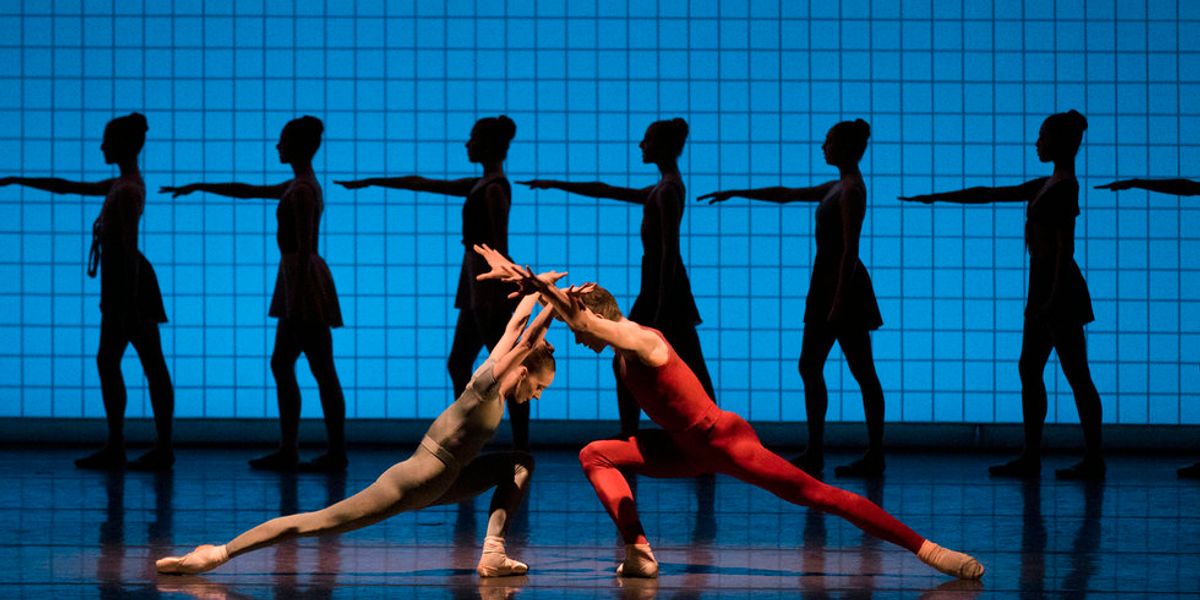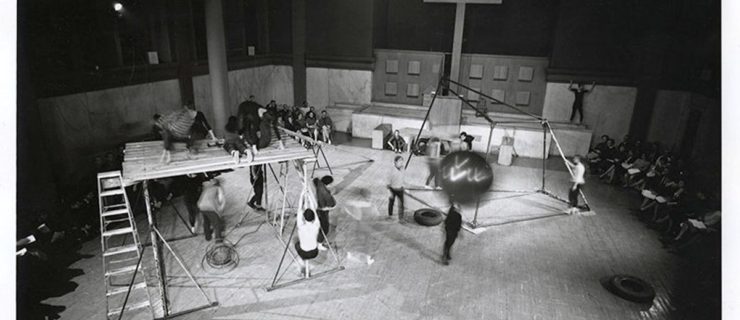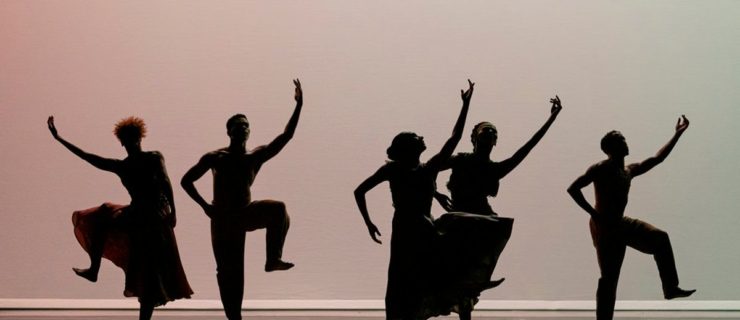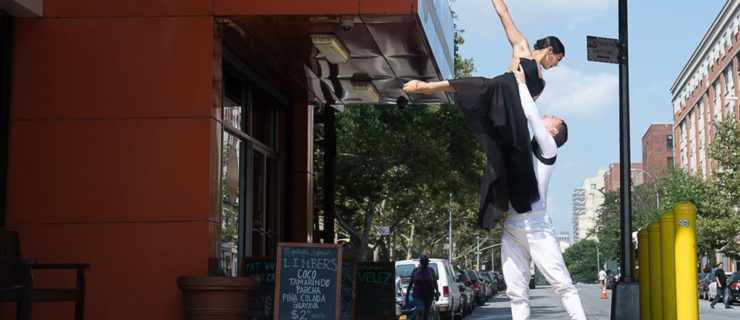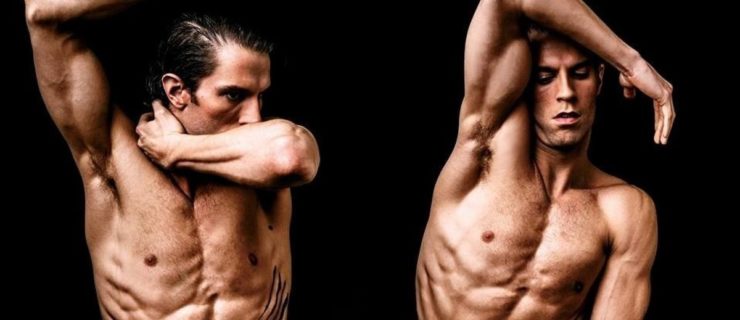What Makes Robbins' Glass Pieces So Powerful
New York City Ballet
is celebrating the Jerome Robbins Centennial with twenty (20!) ballets. The great American choreographer died in 1998, so very few of today’s dancers have actually worked with him. There are plenty of stories about how demanding (at times brutally so) he could be in rehearsal. But Peter Boal has written about Robbins in a more balanced, loving way. In this post he writes about how Robbins’ crystal clear imagery helped him approach a role with clarity and purpose.
Glass Pieces
has this clarity and purpose without a narrative. Or, rather it’s a narrative of dynamics, not a narrative of plot. He worked with lighting designer Ronald Bates to give us a graph-paper grid on the backdrop that relates to the cumulative mathematics of Philip Glass’ music. This 1983 ballet is divided into three parts: simple walking, an ethereal duet backed by a more stylized walking, and a striding low run that’s gone way beyond walking. The mounting kinetic excitement pulls you in. It makes you feel the humanness of the dancers at the same time as you notice patterns, whether they look random, as in the first section, or shot from a cannon, as in the third section.
